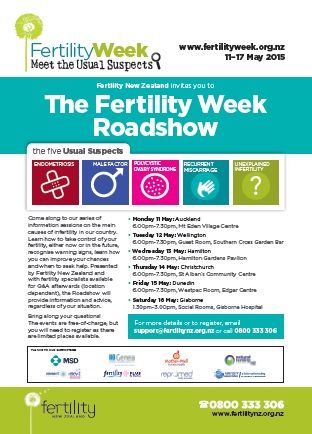News
Unexplained Infertility
Diagnosis of Unexplained Infertility
Although normally investigations are commenced after 12 months of unprotected intercourse without conception, in couples where the woman is more than 35 years old most doctors will recommend commencing investigations after 6 months.
Investigations should include a semen analysis, assessment of ovulation and ovarian reserve, a pelvic ultrasound (female) and tubal patency check by hysterosalpingogram or laparoscopy.
The most accurate way currently to assess ovarian reserve is a serum Anti Mullerian Hormone (AMH) assay. This blood test can be performed at any time of the menstrual cycle and should be very helpful in determining ovarian reserve and likely ovarian response if treatment with ovarian stimulation is recommended.
Treatment
A couple with unexplained infertility still have a fairly good chance of getting pregnant on their own, without needing treatment at all, although this will be dependent on the age of the woman and the length of timing trying to conceive to date.
The principal treatments for unexplained infertility include expectant management with timed intercourse and lifestyle change, clomiphene citrate or letrozole with or without intra uterine insemination (IUI), lipiodol tubal flushing, and IVF.
Expectant Management and Lifestyle changes
Cigarette smoking, abnormal BMI, and excessive caffeine and alcohol consumption can reduce fertility in the male and female partner. Both partners should be counselled to achieve a normal BMI and reduce caffeine intake to less than 250mg (2 cups) daily. The age of the female partner will impact the chance of expectant management being successful
Lipiodol or Laparoscopy
Lipiodol tubal flushing and /or the laparoscopic treatment of mild endometriosis with tubal flushing have been shown in some studies to help couples with unexplained infertility conceive.
Your fertility specialist can discuss these options with you and recommend them if appropriate
Clomiphene citrate
The use of Clomiphene with timed intercourse in patients with unexplained infertility has been shown to only have a small benefit – probably 40 cycles of empiric clomiphene are required to achieve one extra pregnancy
IUI
Intrauterine insemination involves placing washed prepared sperm in the uterine cavity at ovulation either on a natural cycle or with stimulation. A recent Cochrane review confirmed that IUI with stimulation increased the live birth rate when compared to IUI alone
IVF/ICSI
This is the most effective treatment for unexplained infertility where simpler options have been unsuccessful. IVF will also give an explanation for the infertility in some couples. Many IVF clinics recommend ICSI (sperm microinjection) as part of the IVF cycle for long term unexplained infertility, or a 50/50 IVF/ICSI split for inseminating follicles
Summary
A thorough and timely investigation of couples is required before making a diagnosis of unexplained infertility. Various treatment modalities are available with maternal age and length of infertility with current ovarian reserve (as determined by AMH) being the best predictors of success.
Contributed by Dr Guy Gudex

